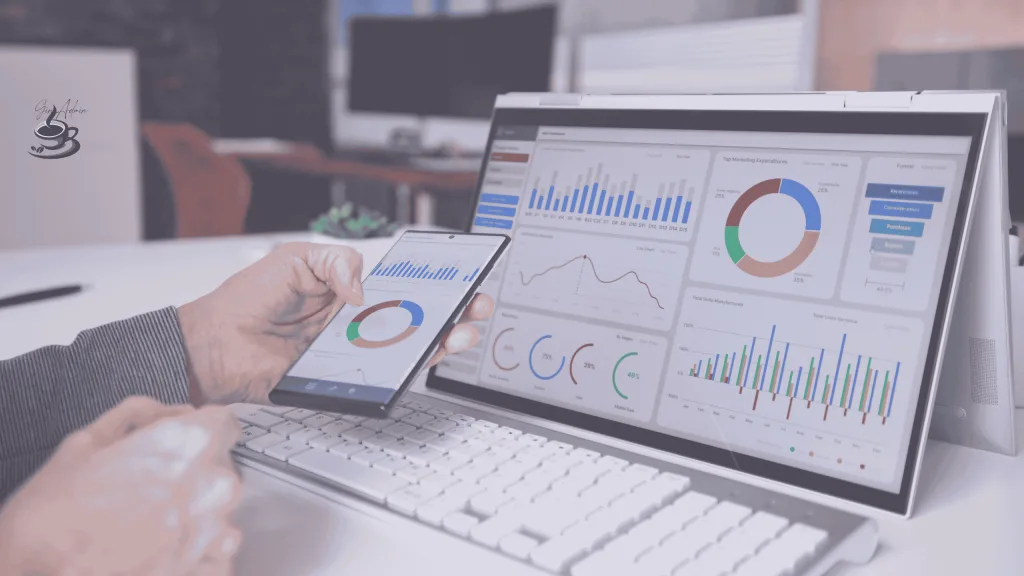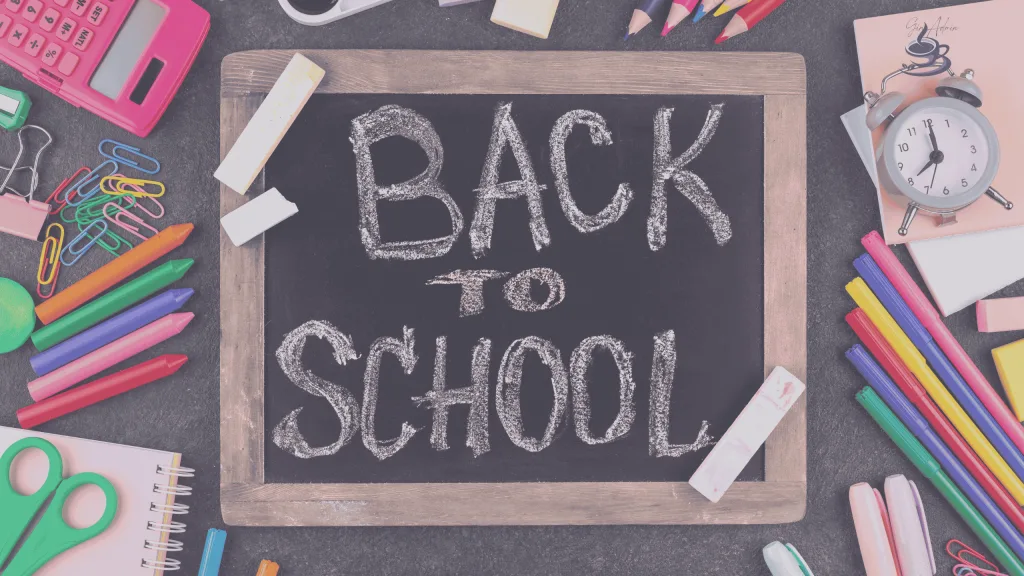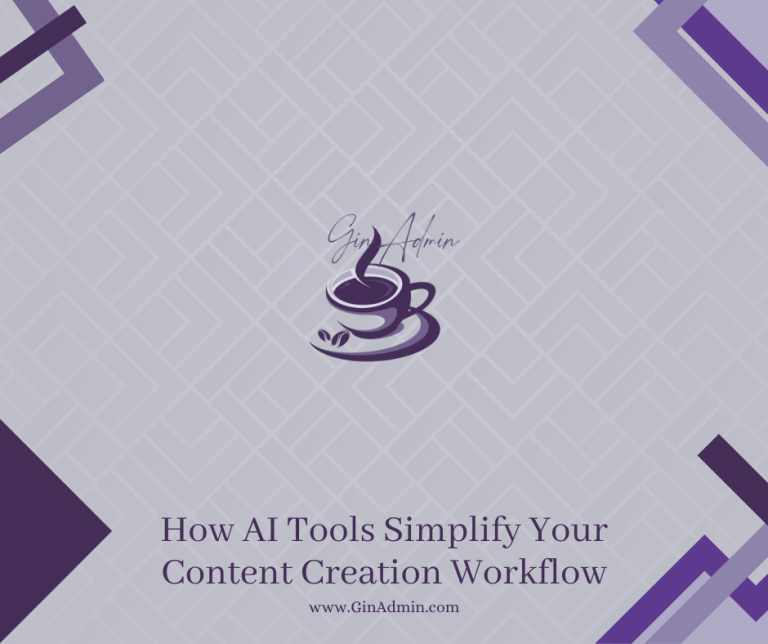Hey content creators!
Summer is (almost) officially here, and if you’re feeling like your posts are getting lost in the shuffle, you’re not alone!
I hear this challenge from creators every year.
How do you create content that actually converts when your audience is busy living their best summer life?
Here’s the thing: summer doesn’t have to be the season where your engagement tanks and your conversions disappear.
With the right approach, you can create content that not only captures attention but also drives real results during these busy, distracted months.
The Summer Attention Challenge is Real (But Not Impossible)
During summer months, your audience juggles a completely different lifestyle.
Kids are out of school, vacation plans fill up calendars, and everyone’s trying to soak up those longer daylight hours.
The result?
People scroll less often, and when they do hop on social media, they give you even less time than usual.
But here’s what many creators miss.
Summer audiences aren’t just distracted, they want different things.
Instead of mindlessly scrolling through feeds like they might during slower seasons, they look for content that makes their summer experiences better.
They want posts that add value to their current reality, not content that asks them to escape from it.

Knowing this shift in what people want is actually your secret.
When you understand that your summer audience looks for content that fits with their lifestyle changes rather than fights against them, you can create posts that feel perfectly timed and super relevant.
Think about it this way: during winter, people might scroll through wishful content about tropical vacations.
During summer, they want useful tips for the beach trip they’re taking next weekend.
This immediacy and relevance can actually make your content more powerful than content during other seasons.
Understanding Summer Engagement Patterns
Summer engagement follows completely different patterns than the rest of the year, and smart creators adapt their strategies to match.
Weekend engagement often drops big time as people spend time outdoors, at barbecues, or traveling.
However, weekday lunch hour scrolling might actually go up as people look for air-conditioned relief from the summer heat.
Evening engagement can stretch much later because of longer daylight hours and different summer schedules.
People might check their phones at 9 PM when they would have been winding down by 7 PM during winter months.
Morning engagement, on the other hand, might start later as people enjoy sleeping in during vacation time.
Or maybe getting outside early before temperatures climb.
The most successful content creators don’t fight these patterns.
They work with them!
Test different posting times and pay attention to when your specific audience is most active during summer months.
They also create content that acknowledges these seasonal rhythms rather than ignoring them.
Understanding these patterns helps you time your content for maximum impact.
It also influences what type of content you create.
Quick, easy-to-digest content works well for those shorter attention spans, while longer content might perform better during those extended evening engagement periods.
Content Formats That Cut Through Summer Noise

Visual storytelling becomes an absolutely must during summer.
People tend to quickly scroll through feeds packed with vacation photos and outdoor adventures.
Your content needs to stop the scroll immediately.
This means leading with compelling visuals that tell a story at first glance.
Short videos showcasing summer activities, behind-the-scenes glimpses of seasonal prep, or quick tips that people can use right away tend to perform really well.
The key is making your video content feel like it belongs in the summer feed rather than sticking out as obviously promotional.
Behind-the-scenes content performs particularly well during summer because it feels real and relatable.
Showing your own summer struggles, celebrations, or prep work creates connection with an audience that’s going through similar seasonal changes.
Whether it’s setting up your home office to beat the heat or showing how you’re changing your routine for summer, this content feels timely and relevant.
Interactive content also sees strong performance during summer months.
Polls about summer preferences, question stickers asking about vacation plans, or campaigns encouraging people to share their summer moments can boost engagement when regular posts might get lost in busy feeds.
The most effective summer content feels conversational and immediate.
Instead of lengthy captions that require serious attention, try shorter, punchy text that delivers value quickly.
Save the longer content for topics that your audience is genuinely excited to take a closer look at during their downtime.
Timing Your Content for Maximum Impact
Content timing requires flexibility and constant testing because traditional posting schedules often don’t work.
Early morning posts might catch people before they head out for beach days or hiking adventures.
Late evening content can capture audiences winding down from busy summer activities.
Mid-day content during weekdays can work surprisingly well for indoor breaks, especially during peak heat hours when people seek air conditioning and a few minutes of screen time.
However, mid-day weekend content often performs poorly as people are typically engaged in outdoor activities or family time.
Think about creating content that acknowledges the season’s rhythm rather than fighting against it.
“Before you head to the beach” morning tips, “Perfect for your lunch break” quick tutorials, or “Evening wind-down” reflective content can feel more relevant to your audience’s summer schedule than generic posts that could run any time of year.

The most successful summer content creators also plan for the seasonal ups and downs.
They know that engagement might be unpredictable due to travel schedules and changing routines, so they create backup content and keep flexibility in their posting schedules.
Testing becomes even more important during summer months because audience behavior can change significantly week to week.
A posting time that works great during the first week of June might be completely wrong during peak July vacation season.
Stay flexible and keep testing to find what works for your specific audience during different parts of summer.
Creating Content That Makes Summer Experiences Better
The most engaging summer content doesn’t ask people to choose between their screens and their summer plans.
It makes those summer experiences better.
This might mean creating content that helps people prepare for summer activities, solve common summer challenges, or document their seasonal experiences more meaningfully.
Content that solves immediate summer problems tends to perform really well.
Tips for staying cool during heat waves, ideas for entertaining kids during summer break, or solutions for common travel challenges feel incredibly relevant when your audience is actively dealing with these issues.
Seasonal transformation content also hits home during summer months.
Maybe it’s showing how to change living spaces for summer entertaining, adapt wardrobes for hot weather, or modify routines for longer days, transformation content taps into the natural urge people feel to refresh their lives along with the seasons.
Don’t overlook the power of nostalgia and celebration in your content.
Content that helps people create meaningful summer memories, celebrates seasonal milestones, or acknowledges the unique joy of summer can create emotional connections that lead to higher engagement and better conversion rates.
The key is making your content feel like a natural part of your audience’s summer story rather than an interruption to it.
When your posts make summer experiences better rather than compete with them, they become much more likely to capture attention and drive action.
Summer Content That Actually Converts
Summer content that converts often taps into seasonal urgency and desire.
“Summer-ready” changes, limited-time seasonal offers, or content that helps people make the most of their remaining summer can drive action.
The key is connecting your offer to genuine summer needs rather than forcing seasonal connections that feel fake.
Seasonal deadlines create natural urgency that can boost conversions.
“Before summer ends” messaging, “Beat the back-to-school rush” offers, or “Summer transformation” challenges give people clear reasons to act now rather than later.
However, this urgency needs to feel real and valuable, not manufactured or pushy.

Social proof becomes even more powerful during summer because people actively share their experiences.
User-generated content campaigns, testimonials from people using your product or service during summer activities, or case studies showing summer results can provide compelling social proof that drives conversions.
The most effective summer conversion content addresses specific seasonal pain points while offering clear solutions.
Content that helps people achieve summer goals, solve summer problems, or make summer experiences better naturally leads to higher conversion rates because it provides genuine value at the exact moment people need it.
Consider creating seasonal content series that build toward a conversion goal.
A week of summer prep tips that ends with offering your planning template, or a series of summer challenge posts that leads to promoting your coaching program can feel much more natural than isolated promotional posts.
Platform-Specific Content Strategies
Different social media platforms experience different summer trends, and adapting your content strategy for each platform can seriously improve your results.
On Instagram, summer content often focuses on visual storytelling and lifestyle inspiration.
Beautiful summer imagery, behind-the-scenes content, and aspirational lifestyle posts tend to perform well.
TikTok summer content leans heavily into trends, challenges, and quick entertainment.
Summer life hacks, seasonal outfit ideas, and trending audio clips with summer themes can boost visibility.
The platform’s algorithm seems to favor content that captures the energy and spontaneity of summer.
Pinterest sees huge increases in summer-related searches starting in late spring.
Content about summer entertaining, outdoor spaces, seasonal recipes, and vacation planning performs really well.
The platform’s users are planners, so they’re often looking for summer inspiration months in advance.
LinkedIn summer content needs to balance professional value with seasonal relevance.
Content about maintaining productivity during summer months, seasonal business strategies, or professional development during slower summer periods can connect with a professional audience while still acknowledging the season.
Facebook’s summer content often performs best when it encourages community engagement.
Posts that ask questions about summer plans, share relatable summer struggles, or create opportunities for audience members to connect with each other can drive significant engagement.
Understanding these platform-specific trends allows you to adapt your core summer content to perform best on each channel rather than using a one-size-fits-all approach.
Measuring Summer Content Success
Content success metrics might look different than your typical engagement rates, and that’s completely normal.
Engagement patterns change during summer months, so comparing July performance to February performance isn’t always helpful.
Instead, compare your summer content performance to previous summers or focus on summer-specific goals.
Conversion rates might fluctuate during summer months due to changed spending habits, vacation schedules, and different priorities.
However, summer content often sees higher intent when it does convert because it addresses immediate, seasonal needs rather than general ongoing challenges.
Pay attention to how your summer content performs across different weeks and months.
Early summer content might see different engagement patterns than peak summer or late summer content.
These insights can help you plan more effectively for future summers.
The most valuable summer content metrics often relate to audience behavior and engagement quality rather than just quantity.
Are people saving your content to reference later?
Sharing it with friends planning similar summer activities?
Commenting with their own summer experiences?
These engagement indicators can be more valuable than basic like counts.
Track which types of summer content drive the most meaningful actions from your audience.
Content that generates email signups, website visits, or actual conversions during summer months gives you valuable data about what resonates most with your summer audience.

Preparing for Late Summer and Back-to-School Content
As summer progresses, your content strategy should change to match your audience’s shifting mindset.
Late summer content often focuses on making the most of remaining summer time, preparing for fall transitions, and reflecting on summer experiences.
Back-to-school season creates unique content opportunities for creators in many niches.
Even if your audience doesn’t have school-age children, the cultural shift toward “back to routine” affects most people’s mindset during late summer and early fall.
Planning this change over of seasons in advance allows you to create content that feels timely and relevant rather than rushed or reactive.
Consider how your summer content themes can naturally evolve into fall content themes, creating a smooth transition for your audience.
The most successful creators use late summer as prep time for their strongest content seasons.
They analyze what worked during summer, plan improvements for next year, and begin developing content strategies for fall and winter when engagement typically increases.
Your Summer Content Success Plan
Creating summer content that converts doesn’t require completely reinventing your content strategy.
It requires adapting your existing approach to work with summer’s unique challenges and opportunities.
Focus on creating content that makes your audience’s summer experiences better rather than competes with them.
Remember that summer audiences want different things, not just distracted audiences.
When you create content that genuinely serves their current needs and acknowledges their seasonal lifestyle changes, you’ll see engagement and conversions that reflect that relevance.
The key to summer content success is staying flexible, testing consistently, and keeping your audience’s reality at the center of your content decisions.
When you do that, summer can become one of your most successful content seasons rather than a challenging period to endure.
Start using these content strategies today, and don’t forget to grab our Content Creation Made Easy guide to help you put these ideas into action efficiently.
Your best summer content season is just getting started!
You’ve got this!
Ready to make your summer content work harder for you? We’d love to hear how these strategies perform for your specific audience. Drop us a comment and let us know what’s working best!




